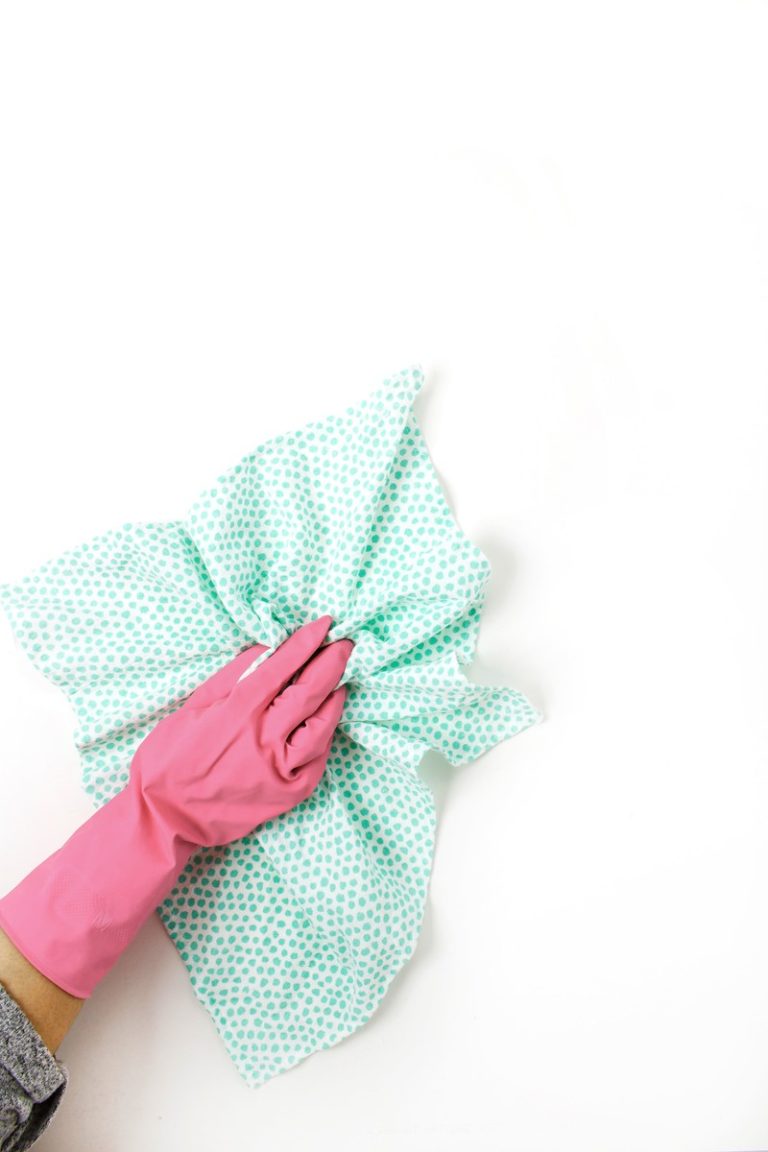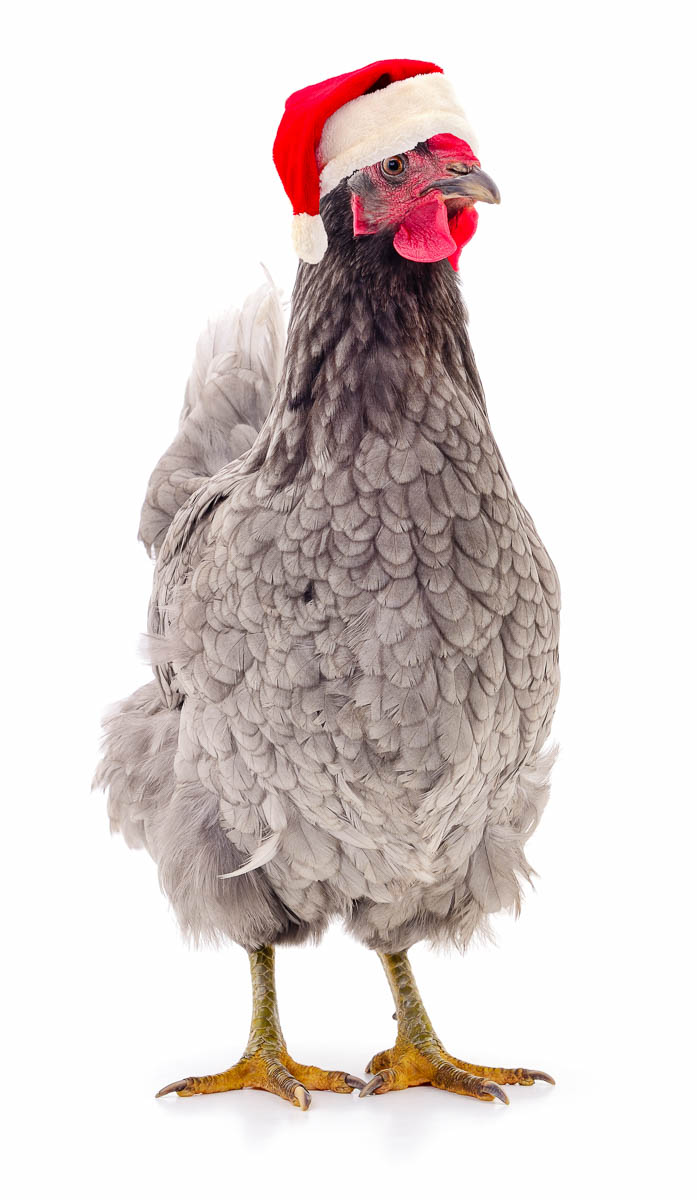The Skunk Survival Guide: Safeguarding Chickens, Dogs, & Your Sanity
Chickens are well-known for attracting unwanted visitors, including skunks. Learn how to prevent skunks from being drawn to your farm and effectively manage the smelly aftermath of a dog-skunk encounter.
Of all the pests we deal with on the farm, I consider skunks one of the biggest nuisances. While there are certainly other wildlife visitors that pose greater threats to my flock and cause more destruction, the unique potential of skunks to impact the inside of my home and necessitate a specialized dog bath during the late night or early morning hours makes them particularly unappealing.

Skunks, known for their distinctive black and white coloring and their potent sulfur smelling spray, are small to medium-sized mammals commonly found across many parts of North America. There are several species of skunks, but around here we deal with the striped skunk, which is noted for the two prominent stripes running down its back. Skunks are omnivorous, feeding on a varied diet that includes insects, small rodents, fruits, and plants, which farms typically have an abundance of.
The characteristic of skunks that makes them such an undesirable farm visitor, is their infamous defensive mechanism: a highly odorous spray produced by glands located at the base of their tail. This spray can be ejected with remarkable accuracy up to distances of 10 feet and is used primarily as a defense against predators. The skunk spray odor is notoriously difficult to remove and can linger for days or even weeks.
Because of their shy nature, skunks are not typically a persistent nuisance on the farm. In fact, curious dogs are more likely than skunks themselves to initiate an encounter. Despite their bad reputation, skunks are actually non-aggressive creatures that prefer to avoid confrontation. They pose little threat to the safety of a chicken flock, as they would much rather forage for grains and hunt small insects, grubs and beetles. Being nocturnal, skunks are active at night, foraging for food and steering clear of the daytime activities of humans and other animals. With their keen sense of smell and hearing, yet poor vision, skunks are naturally cautious and inclined towards solitude. This makes them more likely to avoid populated areas and human interactions. However, when cornered, threatened, or unable to escape, they may resort to their only defense mechanism: spraying. It is in these unexpected and often unintentional encounters, particularly with dogs, that skunks earn their notorious reputation. Understanding skunk behavior is key to preventing unwanted interactions on the farm, especially for farms and homesteads with dogs and a chicken flock.
Skunk Behavior on Farms
On farms, skunks can become an uninvited presence due to the abundance of food sources and potential shelter. They may be drawn to poultry, such as chickens, not necessarily for the birds themselves but more to forage for eggs and feed. Skunks might inhabit barns, sheds, or crawl spaces that are infrequently used be people, seeking a safe and warm environment near food sources.
Securing Chicken Coops and Feed Storage
To reduce the likelihood of skunks hanging around your farm, it’s imperative to focus on two key areas: securing the chicken coops and effectively managing feed storage. Ensuring that the coop is fortified is the first line of defense. This means inspecting for and repairing any gaps or weak points where a skunk could gain entry. Reinforcing the coop with sturdy materials, such as hardware cloth instead of regular chicken wire, can prevent skunks from breaking in. It’s also advisable to consider burying the wire into the ground around the coop to discourage digging. By creating a secure environment for your chickens and managing feed storage with care, you can effectively minimize the likelihood of skunk intrusions, and the potential for a dog skunk interaction.
Here are some ideas on securing your coop, aside from skunks these are also good preventative measures to prevent rodents from becoming a nuisance in your coop.
- Fortify the Coop: Ensure the chicken coop is robust and secure. This includes having a solid base, strong walls, and a secure door. Use hardware cloth instead of chicken wire, as skunks and many predators can easily tear through the latter.
- Elevate the Coop: If feasible, raising the coop off the ground can deter skunks, who are not adept climbers, from accessing the chicken coop.
- Feed Storage: Skunks are attracted to the grains and seeds commonly found in chicken feed. Storing feed in airtight, strong containers can significantly reduce the scent that attracts skunks. Additionally, maintaining cleanliness around feeding areas by promptly clearing any spilled feed is essential. This not only deters skunks but also other unwanted wildlife.
- Remove Attractants: Regularly remove eggs from the nest boxes, and clean up broken eggs, uneaten feed, and other organic waste from the coop area to reduce any scents that might attract skunks.
- Use Deterrents: The scent of citrus fruits like oranges and lemons is super unappealing to skunks. Scatter citrus peels around your chicken coop and run to keep skunks away.
Dog & Skunk Interactions
Dogs, with their inherent curiosity and territorial instincts, can easily find themselves in unintended confrontations with skunks. Skunks, known for their non-aggressive nature, generally aim to avoid such encounters. This interaction typically begins with a dog’s natural instinct to investigate an unfamiliar scent or movement in their territory, which can lead to a chase or a barking approach. Even if your dog means no harm to the skunk, the skunk with its poor eyesight and limited defense options, may perceive the dog as a predator and react accordingly.
The skunk’s spray, a potent and oily liquid produced in glands near its tail, contains sulfur compounds (thiols) responsible for its long-lasting and offensive odor. This spray can be particularly distressing to dogs, causing temporary irritation or discomfort, especially if it contacts sensitive areas like the eyes or nose.
Time is of the essence when dealing with a skunk sprayed dog, a sprayed dogs requires immediate attention, as the powerful odor can permeate a dog’s fur and become a lingering issue in the home if not promptly and properly addressed. Understanding this dynamic between dogs and skunks is crucial for pet owners, particularly those living in areas where skunks are common, to prevent these unpleasant and often startling encounters.
When a dog has been sprayed by a skunk, it’s crucial to act quickly and avoid using water initially, as it can cause the skunk oil to further penetrate the dog’s fur. The first step is to put on protective gloves and check if the spray has gotten into the dog’s eyes or mouth, which may require immediate veterinary attention.
Assuming there’s no medical emergency, you should mix a de-skunking solution, commonly made of 1 quart of 3% hydrogen peroxide, ¼ cup of baking soda, and 1-2 teaspoons of liquid dish soap. It is best to wash the dog outside to prevent the skunk odor from permeating in your home. To avoid trips in and out of the house gather all your supplies, including old towels you won’t mind discarding after the dog bath.
Gently apply the mixture to your dog’s fur, being careful around the face and avoiding the eyes and ears. Massage the solution deep into the fur for several minutes, then rinse thoroughly with water. You may need to repeat this process to fully remove the odor. After de-skunking, wash your dog with their regular shampoo to help restore the natural oils in their coat. Throughout this process, it’s important to remain calm and reassuring, we’ve had to deal with 2 skunk sprayed dogs over the years, and in our experience the dogs were both stressed or frightened each time.

Dog Skunk Spray Removal
This skunk spray dog shampoo recipe is a homemade mixture commonly used to remove the odor of skunk spray from a dog's fur. It's important to use this solution immediately after the dog has been sprayed, as the longer the skunk oil stays on the fur, the harder it is to remove the smell.
Materials
- 1 quart of 3% hydrogen peroxide
- ¼ cup of baking soda (sodium bicarbonate)
- 1-2 teaspoons of liquid dish soap (Classic blue Dawn is best)
Tools
- Rubber Gloves: To protect your hands from the skunk odor and the hydrogen peroxide mixture.
- Plastic Mixing Bowl or Bucket: For mixing the hydrogen peroxide, baking soda, and dish soap. Choose a container large enough to easily stir the ingredients without spilling.
- Measuring Cups and Spoons: To accurately measure the ingredients.
- Spoon or Stirring Stick: For mixing the ingredients thoroughly.
- Sponge or Washcloth: Useful for applying the mixture to the dog, especially around sensitive areas like the face (avoiding eyes, nose, and mouth).
- Dog Shampoo: After the de-skunking treatment, you'll want to wash your dog with their regular shampoo to help restore the natural texture of the dogs fur.
Instructions
- Mix the Ingredients: In an open container, combine the hydrogen peroxide, baking soda, and liquid dish soap. Stir well until the baking soda is dissolved. It's important not to store this mixture in a sealed container, as it can build up pressure and burst.
- Apply to Your Dog: Before applying, make sure your dog is outside or in an area where you can easily clean up, as the process can get messy. Wear gloves to protect your hands. Thoroughly wet your dog’s fur with the mixture, being careful to avoid the eyes, ears, and mouth.
- Massage and Soak: Gently massage the mixture deep into the fur and let it soak for about 5 to 10 minutes. The combination of hydrogen peroxide and baking soda will help to neutralize and break down the oils in skunk spray.
- Rinse Thoroughly: After soaking, thoroughly rinse your dog with warm water. Be sure to remove all residues of the mixture from the fur.
- Repeat if Necessary: If the skunk odor is still strong, you may need to repeat the process. In some cases, it may take a few washes over time to completely eliminate the odor.
- Final Shampoo: After the skunk odor is mostly out, you can use regular dog shampoo to wash your dog as you normally would, helping to restore the natural oil balance in your pet's fur.
Notes
Avoid getting the mixture in your dog’s eyes, as hydrogen peroxide can cause irritation.
Don't use higher concentrations of hydrogen peroxide, as they can be harmful.
If your dog has been sprayed in the face or has any irritation or unusual behavior following a skunk encounter, it's best to consult a veterinarian.
The challenges posed by skunks on a farm requires a blend of understanding, preparedness, and humane management strategies. While skunks can be a nuisance, particularly when they come into contact with our pets or poultry, it’s important to remember their role in the ecosystem as natural pest controllers. By employing safe deterrent methods, securing our properties, and understanding the shy and non-confrontational nature of these creatures, we can effectively mitigate the risks they pose.
Remember, coexistence with wildlife, even with creatures as notoriously misunderstood as skunks, is beneficial for everyone. Embracing this balance not only ensures the well-being of our farms, but also acknowledges the ecological role of skunks. They are well known for controlling pests like rodents and insects, contributing to a healthier and more balanced natural environment on the farm. By understanding their habits and implementing preventative measures, we can minimize conflicts and appreciate the vital part these animals play.







